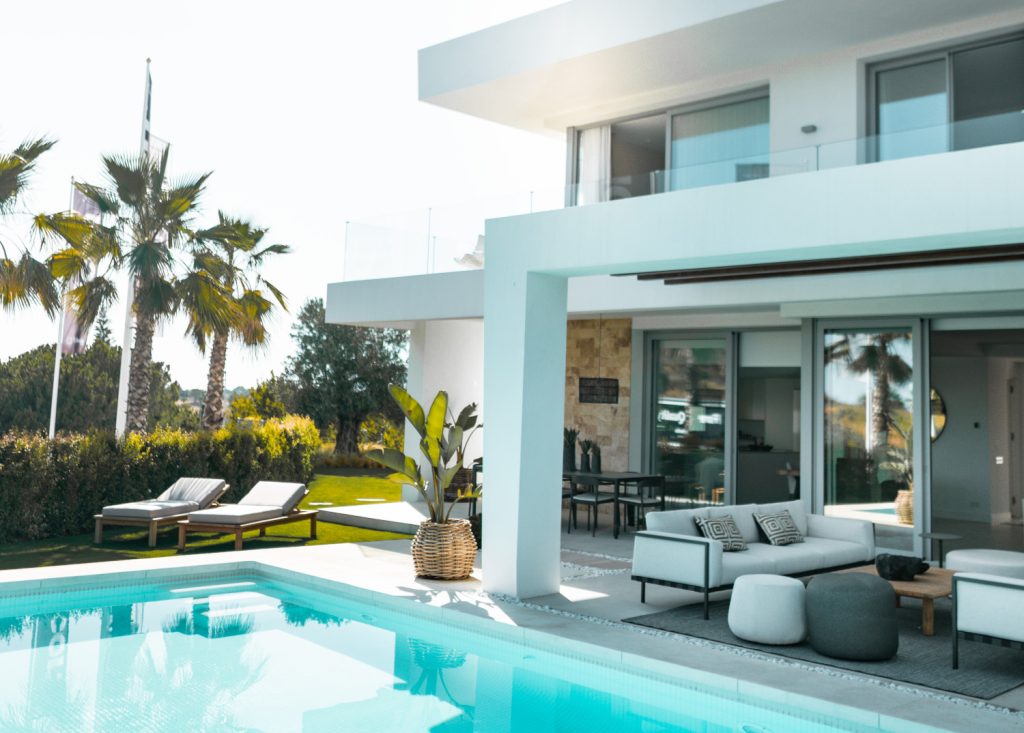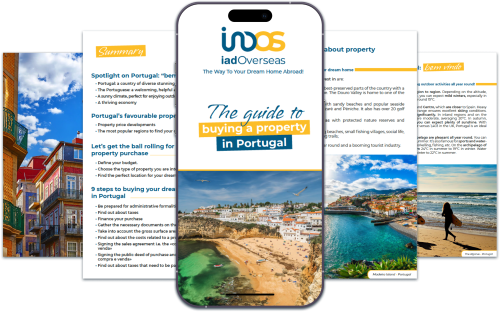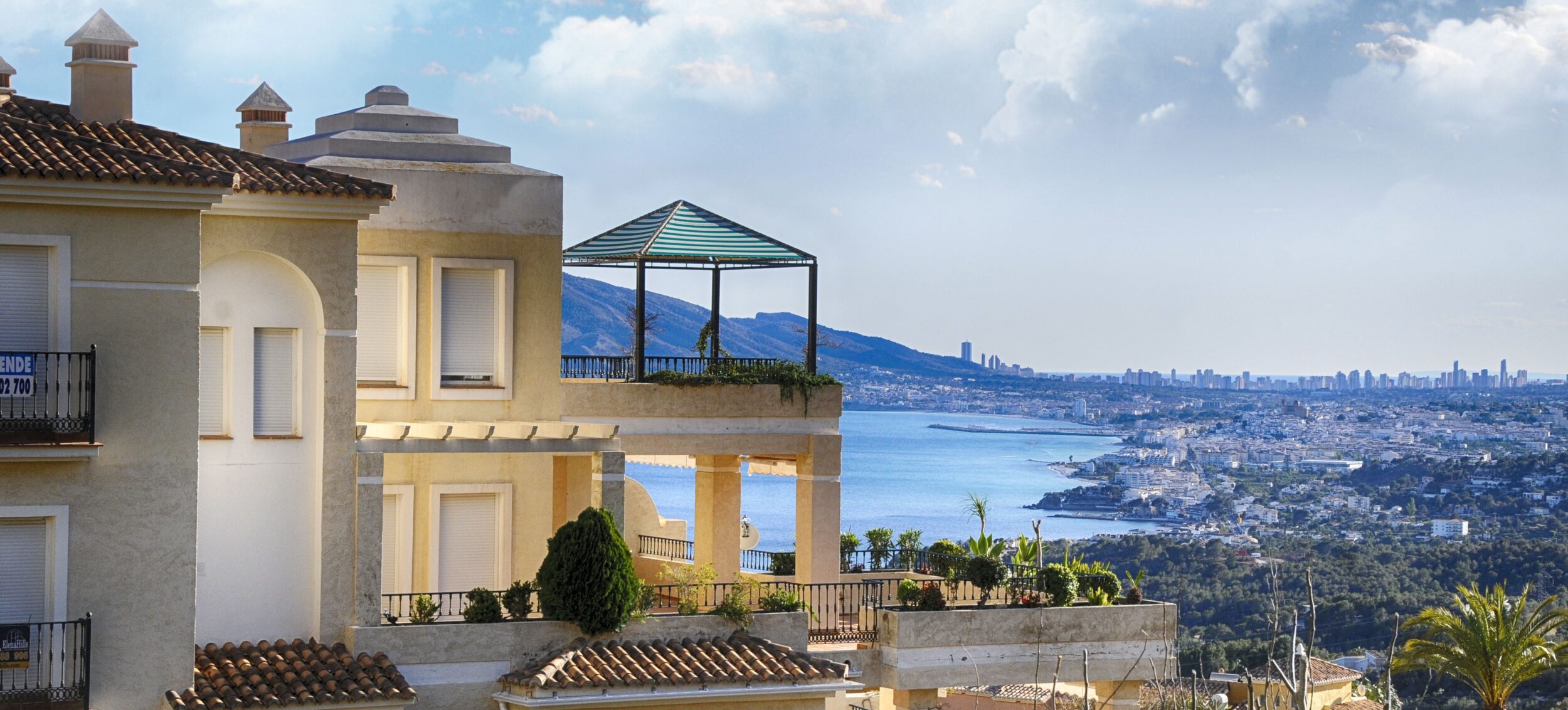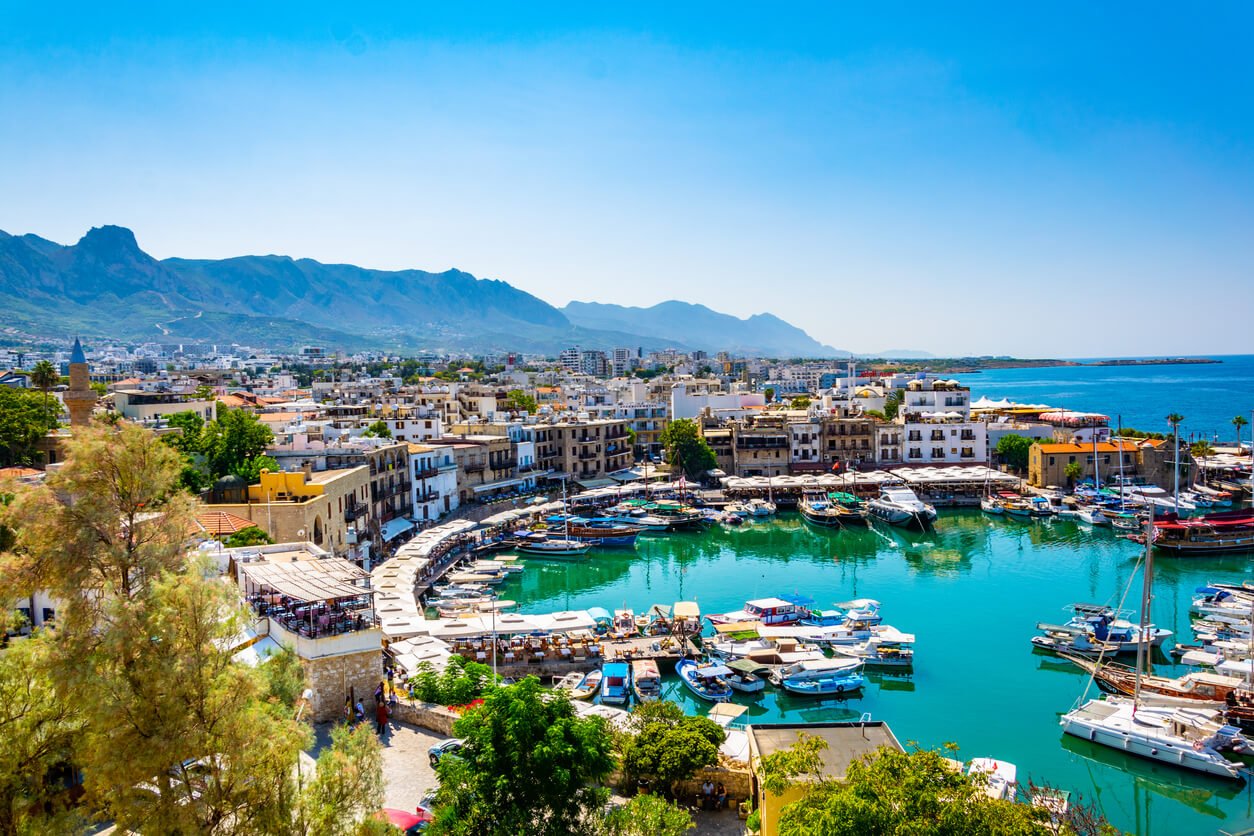
Whether you’re buying a holiday home, a rental property or planning to relocate abroad, you’ll need to know how to finance your purchase and how to get a mortgage in your desired country. Spain has been a popular choice for foreign investors and expats over the years, so in this article, we’ll look at how you can buy your dream home in the Spanish sun.
3 ways to finance your property in Spain
Before you fall in love with your ideal Spanish property, you need to know how you’re going to pay for it. Every country has different requirements when it comes to purchasing a property and here, we will look at ways to finance residential real estate, plus the pros and cons of each method.

Cash buyer
By far the easiest way to purchase a property and to avoid as much admin work as possible is by making a cash purchase. This is when you have enough cash at your disposal and don’t need to borrow money to buy.
Cash buyers are an attractive prospect for anyone selling a home as it means they can move quickly and there’s no waiting around for banks or loans to come through.
It’s a good idea to know what the exchange rate is at the time of purchase, so you know the value of the property you’re buying.
- Pros: As a cash buyer, you stand a better chance of purchasing a property when compared to people who require a loan as you’ll be able to move quicker.
- Con: Don’t make the mistake of rushing into a purchase just because you’re a cash buyer. Make sure you go through the correct valuation process and legal steps before you buy.
Mortgage from a Spanish bank
As a foreign buyer, it is possible to get a mortgage from a Spanish bank, however you’ll need to meet their requirements – as with any home loan.
If you don’t plan to live in Spain permanently (and will still pay your taxes in your home country) you can apply for a non-resident mortgage. This is best if you’re buying a holiday property.
As a non-resident you should be able to borrow up to 70% of the property purchase price. A resident of Spain could apply for more.
You will need to have extensive documentation to apply for a Spanish mortgage as a non-resident, such as proof of income, tax returns, identity documents and more. Some of these documents will need to be translated into Spanish.
It is essential you explore all your borrowing options before you commit to a mortgage deal.
- Pros: Applying for a mortgage in Spain may offer you preferable interest rates and you’ll be working with professionals who know the local market.
You’ll be getting a mortgage with Spanish interest rates which are generally lower than most Western European countries.
- Cons: Foreign buyers need a minimum deposit of between 20% and 30% of the property purchase price and must be able to show a regular income.
Whilst lenders may have different criteria, on average, foreign buyers must earn a minimum of €30,000 per year to be eligible for a mortgage**.
Mortgage from a bank in your home country
You have the option of taking out a mortgage in your home country to finance your Spanish purchase.
Your chosen lender may offer an overseas mortgage service and you will need to meet their borrowing criteria to be eligible.
- Pros: You’ll be more familiar with the rules and regulations in your home country than in Spain and you won’t need to pay out for translation services.
It may be faster to get a mortgage at home than in Spain as you’ll have access to all the correct documentation.
- Cons: It may be more difficult for the home bank to liaise with the necessary professionals in Spain to complete your purchase due to different working hours.
You may need to travel back and forth between Spain and your home country to complete all the necessary paperwork.
Try and engage the services of a Spanish-based lawyer who is fluent in English. This will make the process easier for you as they will be able to explain the legal steps of a property purchase and help you through the process.

Mortgage process in Spain
If you are buying a property as a non-resident and you want to apply for a Spanish mortgage, we have outlined the steps you’ll need to take below.
- Open a Spanish bank account
- Apply for a tax identification number
You will need a Numero de Identificacion de Extranjeros (NIE). This is a tax number for foreign residents, and you can apply at a Spanish consulate or in some cases a police station. - Submit your documents
As with any mortgage, the bank will need certain documentation before they process your application. This includes your ID, pay slips, proof of income, tax returns and debt record. Every bank will have its own requirements so make sure you have all your documentation in place. - Property Valuation
The lending bank will have the property professionally valued. - Mortgage Offer
If all goes well at the valuation stage, you will be given a mortgage offer which will detail the terms and conditions of the loan and your obligations. - Pre-Signing Transparency Deed
Once the offer has been made, you have a 10-day period in which you will meet with a notary to sign a document known as a ‘Public Deed of Transparency’. This is to signify you understand the loan and your undertaking of it. - Registration
The property and mortgage will be registered on the official Property Registry.
Please note, this is just a guide and not financial advice. Your lender may have their own process they need you to follow.

Types of Spanish mortgages
Spanish banks offer a variety of mortgage types, so you should do your research before committing to a loan.
There are normally three types of mortgages: variable, fixed and mixed. This is like the UK mortgage market; however, interest rates are lower in Spain than in the UK so your repayments may not be as high if you opt for a variable or mixed rate.
If you are buying a rental property in Spain, you won’t be able to get a buy-to-let mortgage as this isn’t a widely available mortgage type.
It’s a good idea to keep an eye on the country’s general interest rates and inflation levels as the higher these go, the more your monthly mortgage repayments will be.
Last year, in 2023, there was a rise in demand for non-resident mortgages in Spain. This may be because countries such as the UK and USA were experiencing high interest rates while Spanish rates hovered between 3.5% and 4.5%.
The average mortgage term is 20 years in Spain, however this may vary between lenders.
To help you budget from month to month, it might be beneficial to take out a fixed rate mortgage. This way you know how much you’ll need to pay out every month for a fixed period.
Costs, fees and property taxes
There are various fees involved when taking out a new mortgage and/or buying a Spanish property. These include but are not limited to:
- Property valuation fee
- Mortgage opening fee
- Stamp duty (this may range from 0.5% to 1.5% of the mortgage)
- Notary and registry fees
There are numerous taxes you will need to pay if you are an owner of Spanish property.
Spanish property taxation (like council tax in the UK) varies as it is set by area. Typically, property tax ranges between 0.4% and 1.3% of the property value. This tax applies whether you’re a resident of Spain or a foreign investor.
If you are renting out a property in Spain, you may be required to pay income tax on the earnings.
Also, if you sell a property in Spain, you will need to pay Spanish Capital Gains Tax which is a tax on the profits made by the sale. This is calculated by deducting the price you paid for the property from the sale price. In 2024, the current tax rate starts at 19% for the first €6,000 of profit and goes up to 27% if you make over €200,000 profit.
Important considerations
If you decide that applying for a Spanish mortgage is the right way to finance your property purchase, then there are some things you should be aware of:
- Non-residents can expect to borrow between 60% to 70% of a property’s value when applying for a mortgage. Residents can apply for more. So, if you’re planning to apply for permanent residency, you may want to do this before taking out a mortgage deal.
- Often non-residents may be subject to higher interest rates than residents.
- You will need to provide extensive documentation when applying for a Spanish mortgage.
- In some cases, your official documentation may have to be translated into Spanish. Make sure you check with your financial institution or legal advisor which documents you will need translated to ensure you comply the requirements.
It is essential you explore all your borrowing options before you commit to a mortgage deal.
**A loan is a binding agreement so you need to ensure you can repay any sums borrowed. Please take professional advice before committing to a mortgage.
How iad Overseas can help you to buy your property in Spain
We can help you find your ideal property in Spain and have agents located all over the country.
We also work in partnership with Lumon – the Currency Specialist. Lumon offers our clients a competitive exchange rate which can help save large sums when transferring money abroad for a purchase.

- https://www.ptireturns.com/blog/spanish-mortgage-nonresidents/
- https://www.kyero.com/en/advice/spain/buying-in-spain/mortgage/buying-property-in-spain-6-ways-to-finance-your-house-in-spain
- https://mortgagedirectsl.com/general-news/mortgage-interest-rates-in-spain-in-2024-what-is-expected/
- https://fluentfinanceabroad.com/spanish-mortgage-calculator/#:~:text=The%20average%20mortgage%20term%20in,full%2Dtime%20residents%20in%20Spain.
- https://www.lexidy.com/blog/how-to-get-a-mortgage-in-spain-as-a-foreigner/
- https://www.expatica.com/es/housing/buying/spanish-mortgage-718986/
- https://www.idealista.com/en/news/financial-advice-in-spain/2020/11/25/7988-mortgages-in-spain-what-expats-need-to-know-when-taking-out-a-spanish
- https://www.ptireturns.com/blog/spanish-mortgage-nonresidents/
- https://www.bcn-advisors.com/en/the-new-capital-gains-tax-in-spain-in-2022





